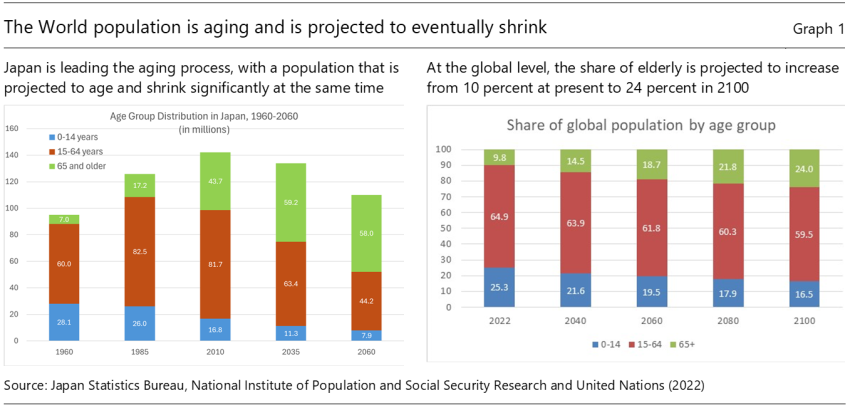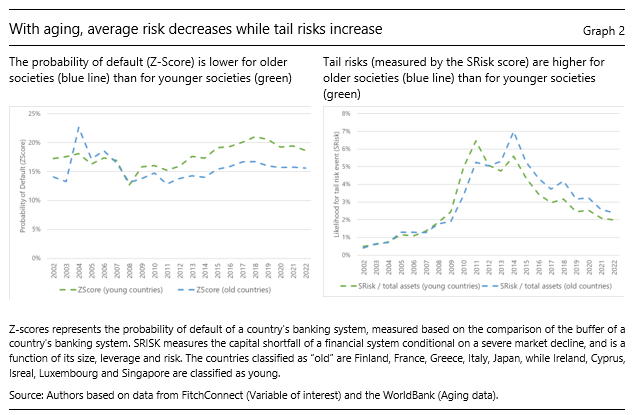Patrick Imam joined the JVI as Deputy Director in August 2021. Previously, he was the IMF Resident Representative in Zimbabwe (2018-2021) and Madagascar (2014-2018), where he was closely involved in the design and implementation of IMF financial and technical support. Having joined the International Monetary Fund in 2005, he has held positions in the Middle East and Central Asia as well as the African Department, the IMF Institute and the Monetary and Capital Markets division, working on IMF-supported and surveillance relations, including on Transition Economies. He also delivered Technical Assistance, Training and Financial Sector Assessment Programs across a range of emerging and developing countries. Before joining the IMF, he was an investment banker at Credit Suisse First Boston in London. Patrick has a doctorate in economics from Cambridge University and was also educated at the University of Warwick and the University of Oxford.






